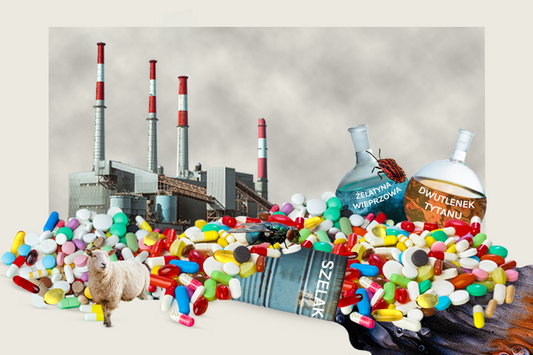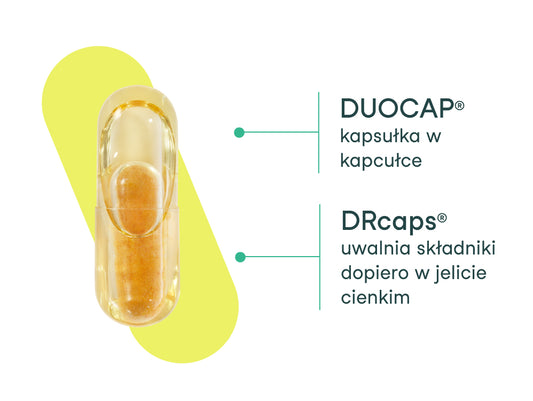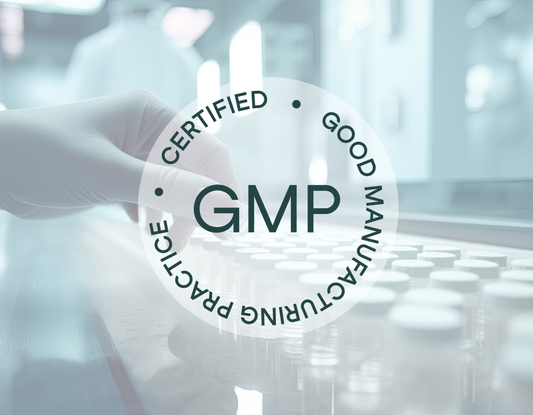
Breastfeeding doesn't come naturally to everyone. It is often difficult, especially in the beginning. It can cause stress and pain for the mother. Find out what causes the most difficulties and how to deal with them.
Both the World Health Organization and pediatric societies recommend that newborns and infants be exclusively breastfed until at least 6 months of age . Mother's milk contains everything a baby needs for proper growth and development. It contains protein, cholesterol necessary for the proper growth of the nervous system, unsaturated fatty acids, vitamins, enzymes, hormones... It is a mixture that is second to none. It cannot be reproduced in any laboratory.
Such feeding is the best way of nutrition for the child, which provides immunity. The composition of milk also changes as the baby grows. No artificial mixture can provide this. Breastfeeding is equally good for the mother. This is, among other things, because it reduces the risk of postpartum bleeding thanks to oxytocin, which is released during breastfeeding. It's not everything. As the Rodzi po Ludzku foundation, which has been fighting for women's right to a dignified childbirth and educating them on perinatal issues, writes on its website, " protection against cancer and osteoporosis is also of great importance . When you breastfeed your baby, the period without periods increases, which reduces the risk of anemia . In addition, breastfeeding allows you to quickly lose excess weight and prevents obesity . The sense of closeness and intimate bond that is created between mother and child cannot be overestimated.
60% of women breastfeed for less time than they would like.
However, feeding problems are often a source of stress and frustration. It's rare that everything goes smoothly from the first time you put your baby to the breast. You have to learn how to feed . That's why women in hospital are initially helped by midwives. Difficulties that mothers may face at this time include: too much or too little food, the baby may not gain enough weight or the entire feeding process is painful. In most such cases, a lactation consultant can help. However, sometimes the problem cannot be solved quickly and many mothers give up. As many as 60% of women do not breastfeed their children for as long as they would like or as they initially planned. The first reasons for this state of affairs are problems with lactation and feeding .
Be careful, there's a lot of milk in your breasts.
The most common problems that cause discomfort and sometimes even great pain include a heart attack. It usually appears a few days after giving birth. The breasts are large, swollen, tender, and hurt (not only when touched). They are also often warm or hot. This is due to excess fluid in the breasts. It is often difficult for the baby to latch on to the breast, and every attempt at latching is painful for the breastfeeding mother. What to do? Put your baby to sleep as often as possible. As soon as you notice that the breast is swelling (the signal may be a characteristic "gurgling" in the breast), offer it to your baby.
After feeding, when the breasts are empty, apply compresses. The old method with cabbage works great. It is better to cool raw cabbage leaves well in advance. You can also pound them with a hammer or pierce them with a fork to make them softer and easier to adhere to the breast. The cooled leaf can be placed in a bra after feeding and kept for about 20-30 minutes. This operation can be repeated many times. You can also make cold compresses from wet towels . The idea is to reduce swelling and provide relief. The experience should be pleasant.
It can be difficult for tiny lips to embrace a swollen breast. If your baby still can't latch onto the nipple, you can express some milk using a breast pump before feeding. A gentle massage will also be helpful . If you do it by hand, massage the breast in circular motions - only those parts where it does not cause pain. Some electric breast pumps also have a built-in massage function. Remember one important rule - do not remove all the milk from a swollen breast. The more you stimulate it, the more milk you will produce.
Breast inflammation.
Another difficulty, also painful, that breastfeeding women struggle with is inflammation. The breast becomes red , often not all over, but in specific places. It is hot, very tender and appears swollen. The feeling is slightly different than when breasts are full of milk. Fever may also occur. It is probably an inflammation that affects approximately 1/3 of women. It can last up to several days , although it often passes faster. Often, antibiotics are the solution, but you can also try these methods: rest, slow down . Sure, with a newborn who needs constant attention and constantly demands food, it's difficult. But use every moment to regenerate a little. Both cold and warm compresses can be helpful - check what brings you relief. It is also worth taking anti-inflammatory painkillers after consulting your doctor.
Painful nipples.
Probably every woman (or the vast majority) has experienced sore nipples while breastfeeding. A very unpleasant and painful condition that usually results from incorrect latching of the baby to the breast. This is the moment when it is worth contacting a lactation consultant who will tell you what you are doing wrong. Sometimes fatigue and stress mean that despite our best intentions, something doesn't work out. A small modification is enough to make it much easier for both you and your child. You can lubricate irritated areas with special (preferably natural!) ointments and wash your breasts with water only.
Clogged duct in the breast.
A clogged duct, which causes a lump-like lump to appear in the breast , has caused many mothers great stress. Don't worry, it happens often and is usually not dangerous. Although, of course, it is always worth consulting a doctor. This can happen either for no reason or because the baby has not completely emptied the breast . The cause may also be inappropriate, too tight underwear . The remedy is quite standard also for other feeding difficulties: compresses, massage and feeding as often as possible .
When there is not enough food.
Most of us also worry about not having enough milk. Then, terrified that the child will not get enough food and gain weight at the right pace, we doubt ourselves and include the resident's toddler in the diet. Of course, there is nothing wrong with it if necessary. However, it is important to distinguish your fears from the real problem.
If a baby cries often and wants to "hang on the breast" almost all the time, it does not mean that he is not full. Objective evidence that there is not enough milk is poor weight gain and an insufficient number of soiled diapers per day . The amount of the latter varies depending on the child's age. A newborn from the second week of life usually wets at least 6 diapers a day.
The good news is that food production can most often be increased using natural methods. First, the more often you feed, the more milk you will produce. This is where the so-called feeding on demand , i.e. when the baby signals the need to latch to the breast. Additionally, you can also stimulate your breast with a breast pump between feedings. This will speed up production. It is never too late or too early to seek professional advice from a lactation consultant . In addition to the health benefits that breastfeeding will bring to your baby and you, it will also save you a lot of money on formula milk.
Bibliography:
- “Breastfeeding”, Knowledge base, Roczni po Ludzku Foundation, accessed February 22, 2022.
- “Key Breastfeeding Indicators”, Center for Disease Control and Prevention, cdc.gov, accessed February 22, 2022.
- Odom EC, Li R., Scanlon KS, Perrine CG, Grummer-Strawn L., “Reasons for earlier than desired cessation of breastfeeding.” Pediatrics. 2013 Mar;131(3):e726-32.
- Karpienia M., “The most common problems during breastfeeding. How to cope naturally?”, Dziecisawazne.pl, February 22, 2022


What makes our capsule stand out?
The nikalab capsule impresses not only with its appearance, but also with its operation. We used two innovative...








